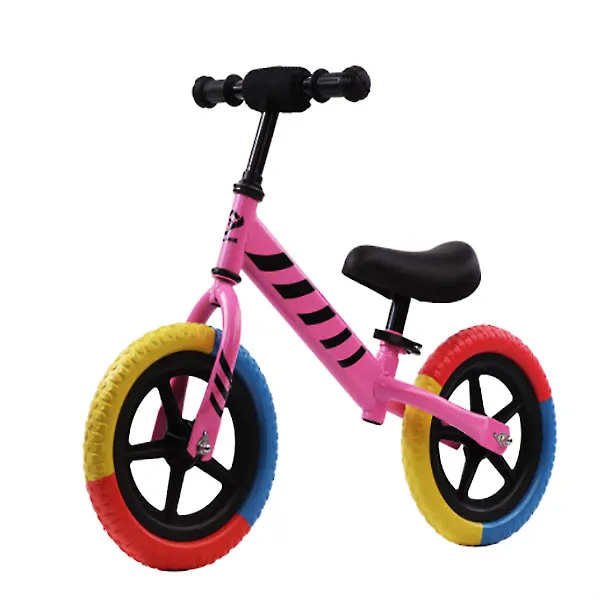
- Afrikaans
- Albanian
- Amharic
- Arabic
- Armenian
- Azerbaijani
- Basque
- Belarusian
- Bengali
- Bosnian
- Bulgarian
- Catalan
- Cebuano
- Corsican
- Croatian
- Czech
- Danish
- Dutch
- English
- Esperanto
- Estonian
- Finnish
- French
- Frisian
- Galician
- Georgian
- German
- Greek
- Gujarati
- Haitian Creole
- hausa
- hawaiian
- Hebrew
- Hindi
- Miao
- Hungarian
- Icelandic
- igbo
- Indonesian
- irish
- Italian
- Japanese
- Javanese
- Kannada
- kazakh
- Khmer
- Rwandese
- Korean
- Kurdish
- Kyrgyz
- Lao
- Latin
- Latvian
- Lithuanian
- Luxembourgish
- Macedonian
- Malgashi
- Malay
- Malayalam
- Maltese
- Maori
- Marathi
- Mongolian
- Myanmar
- Nepali
- Norwegian
- Norwegian
- Occitan
- Pashto
- Persian
- Polish
- Portuguese
- Punjabi
- Romanian
- Russian
- Samoan
- Scottish Gaelic
- Serbian
- Sesotho
- Shona
- Sindhi
- Sinhala
- Slovak
- Slovenian
- Somali
- Spanish
- Sundanese
- Swahili
- Swedish
- Tagalog
- Tajik
- Tamil
- Tatar
- Telugu
- Thai
- Turkish
- Turkmen
- Ukrainian
- Urdu
- Uighur
- Uzbek
- Vietnamese
- Welsh
- Bantu
- Yiddish
- Yoruba
- Zulu
Aug . 12, 2024 15:38 Back to list
Tips for Fine-Tuning Your Shimano Rear Derailleur on a Mountain Bike for Optimal Performance
How to Adjust Shimano Rear Derailleur on a Mountain Bike
Adjusting the rear derailleur on your mountain bike is essential for optimal performance. A well-tuned derailleur ensures that your bike shifts smoothly between gears, which can significantly enhance your riding experience. If you own a Shimano rear derailleur, this guide will walk you through the necessary steps to adjust it correctly.
Tools Needed
Before you begin the adjustment process, gather the following tools
- 5mm Allen wrench - Phillips or flat-head screwdriver (depending on your derailleur model) - Chain checker tool (optional, but helpful) - Bike stand or a way to elevate the bike
Step 1 Inspect the Derailleur
Before making any adjustments, visually inspect your derailleur for any signs of damage or dirt buildup. Ensure that the derailleur hanger is straight; a bent hanger can lead to poor shifting. If the derailleur is dirty, clean it with a degreaser and a rag.
Step 2 Adjust the Limit Screws
Every Shimano rear derailleur is equipped with limit screws. These screws control how far the derailleur can move in either direction, preventing the chain from falling off the cassette. Each screw is typically labeled as H (high) and L (low).
1. High Limit Screw (H) This screw prevents the chain from shifting beyond the smallest cog. To adjust, shift to the smallest cog and check if the chain is aligned with it. If it’s misaligned, turn the H screw clockwise to bring the derailleur closer to the cog or counterclockwise to move it away.
2. Low Limit Screw (L) This screw prevents the chain from shifting off the largest cog. Shift to the largest cog and repeat the alignment check. Adjust the L screw accordingly to ensure the chain is perfectly aligned.
Step 3 Adjust the B-Tension Screw
how to adjust shimano rear derailleur on mountain bike

The B-tension screw adjusts the distance between the derailleur pulleys and the cogs. Proper tension helps maintain smooth and accurate shifts, especially under load.
To adjust the B-tension screw
- Shift to the largest rear cog. - Check the distance between the upper pulley of the derailleur and the largest cog; it should be about 6-8mm. - If it's too close, turn the B-tension screw counterclockwise. If it's too far, turn it clockwise until you achieve the desired spacing.
Step 4 Fine-tune Cable Tension
Once the limit screws and B-tension screw are set, it’s time to adjust cable tension. Incorrect cable tension can lead to sluggish shifting or cause the derailleur to over-shift.
To adjust cable tension
- Shift into the middle cog. - If shifting to higher gears (smaller cogs) feels sluggish, increase cable tension by turning the barrel adjuster counterclockwise. If it shifts too aggressively, decrease the tension by turning it clockwise. - Test the shifting by going through the gears, making further adjustments as necessary.
Step 5 Test Your Gears
Finally, take your bike for a test ride. Shift through all gears, paying attention to how smoothly your bike changes gears. Listen for any unusual sounds, such as grinding or excessive noise, which may indicate further adjustments are necessary.
Conclusion
Regular maintenance and proper adjustments of your Shimano rear derailleur can prevent mechanical issues and contribute to a better biking experience. By following these steps, you can ensure that your mountain bike’s shifting performance is at its best, allowing you to tackle any trail with confidence. Always remember, if you feel uncomfortable making these adjustments yourself, consulting a professional bike mechanic is a wise choice. Happy riding!
-
The Ultimate Kids' Four-Wheeler Experience
NewsJul.09,2025
-
The Ultimate Guide to Mountain Bikes: Gear Up for Your Ride
NewsJul.09,2025
-
The New Age of Cycling: Electric Bikes for Every Rider
NewsJul.09,2025
-
The Best Kids Bicycles: Ride in Style and Safety
NewsJul.09,2025
-
The Best 3-Wheel Scooters for Kids: Fun, Safety, and Adventure
NewsJul.09,2025
-
Revolutionize Your Ride: Affordable Electric Bikes
NewsJul.09,2025
-
Finding the Perfect Mountain Bike for Every Rider
NewsJul.09,2025



